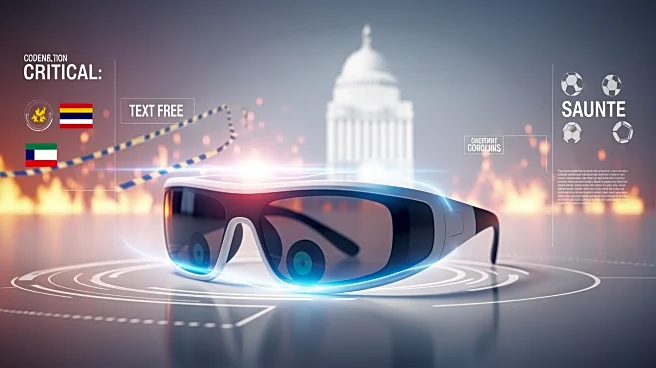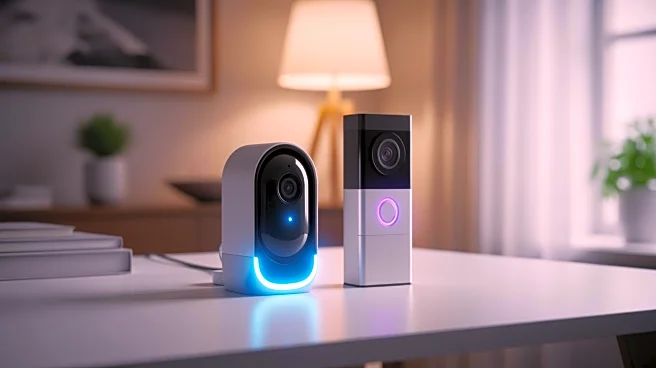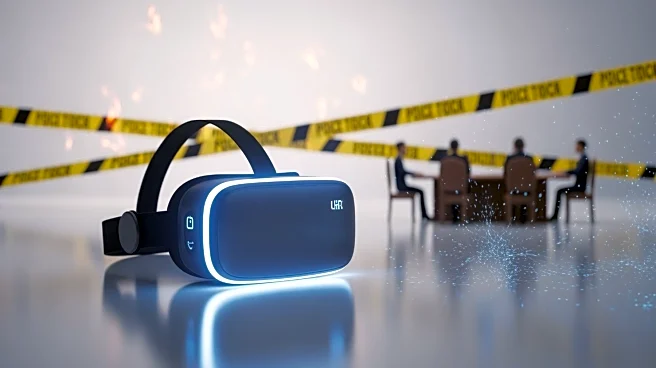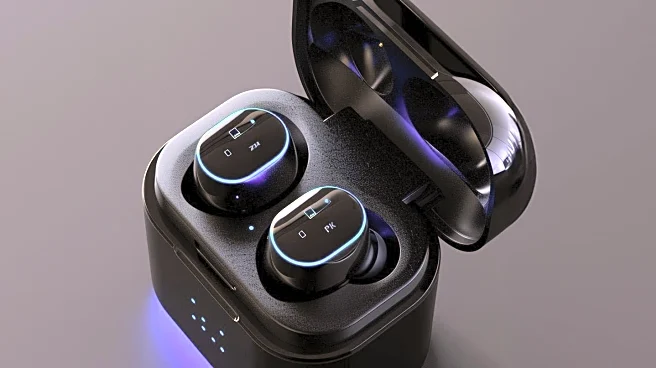What's Happening?
In 2025, several augmented reality (AR) innovations are poised to change how glasses are used in various sectors. Notable developments include Magic Leap's Android XR prototype, Amazon's AI-powered glasses for
delivery drivers, and Meta's refreshed Ray-Ban smart glasses. These advancements highlight a shift towards practical applications of AR technology, with a focus on utility over novelty. The innovations are expected to impact industries such as logistics, consumer electronics, and defense, as companies explore new ways to integrate AR into everyday tasks and professional environments.
Why It's Important?
The surge in AR innovations signifies a growing acceptance and integration of AR technology in both consumer and enterprise markets. By offering practical solutions, such as Amazon's delivery glasses, companies are demonstrating the potential of AR to enhance efficiency and accuracy in various operations. This trend could lead to increased adoption of AR technology, driving demand for compatible hardware and software. As AR becomes more accessible and affordable, it may also influence consumer behavior and expectations, prompting further innovation and competition in the tech industry.
What's Next?
As AR technology continues to evolve, companies will likely focus on improving battery life, reducing costs, and expanding the range of applications. The success of these innovations will depend on their ability to deliver tangible benefits and address user needs. Additionally, regulatory and ethical considerations related to AR technology, such as privacy and data security, will need to be addressed. The tech industry will be closely monitoring these developments to identify new opportunities and challenges in the AR landscape.











